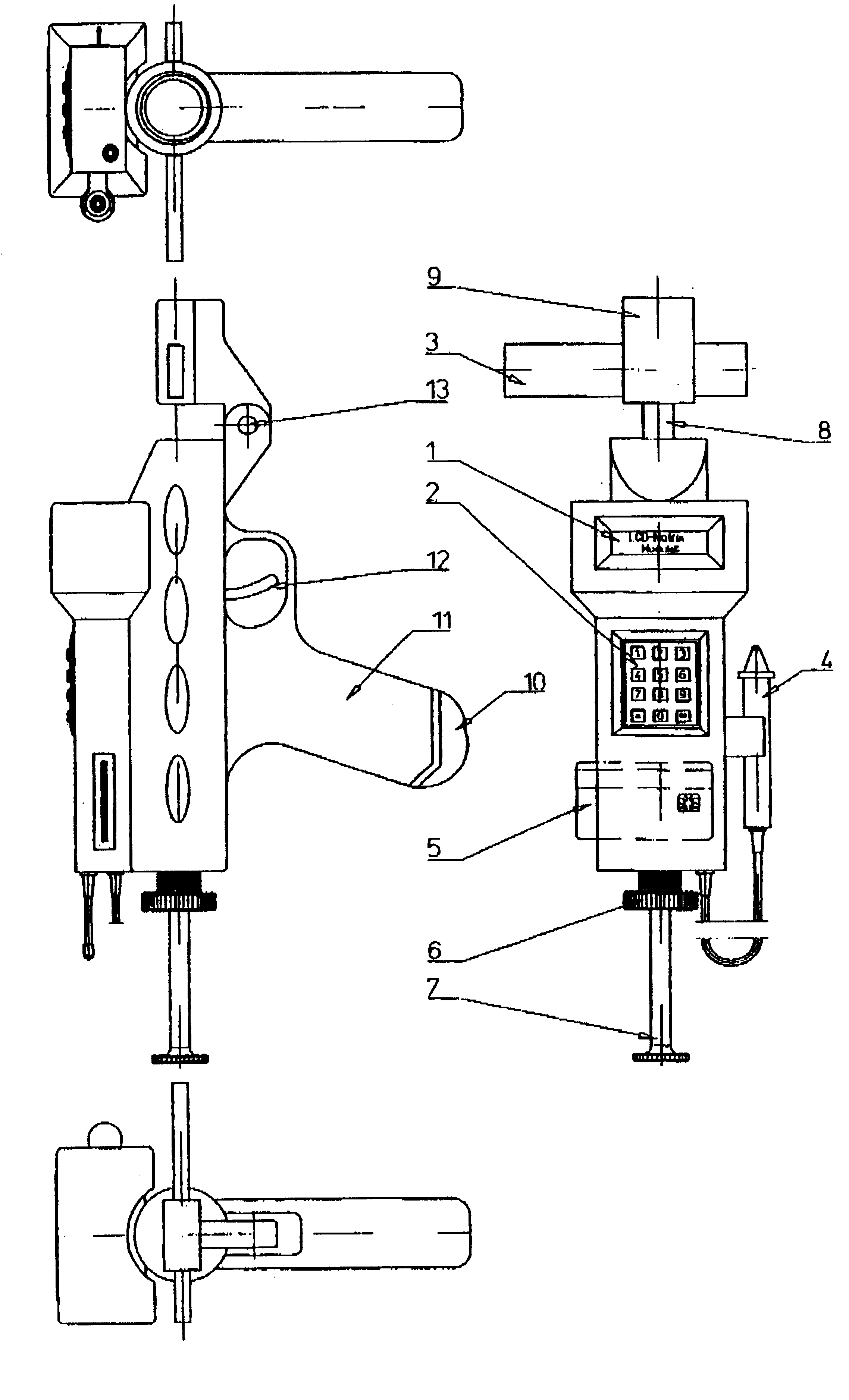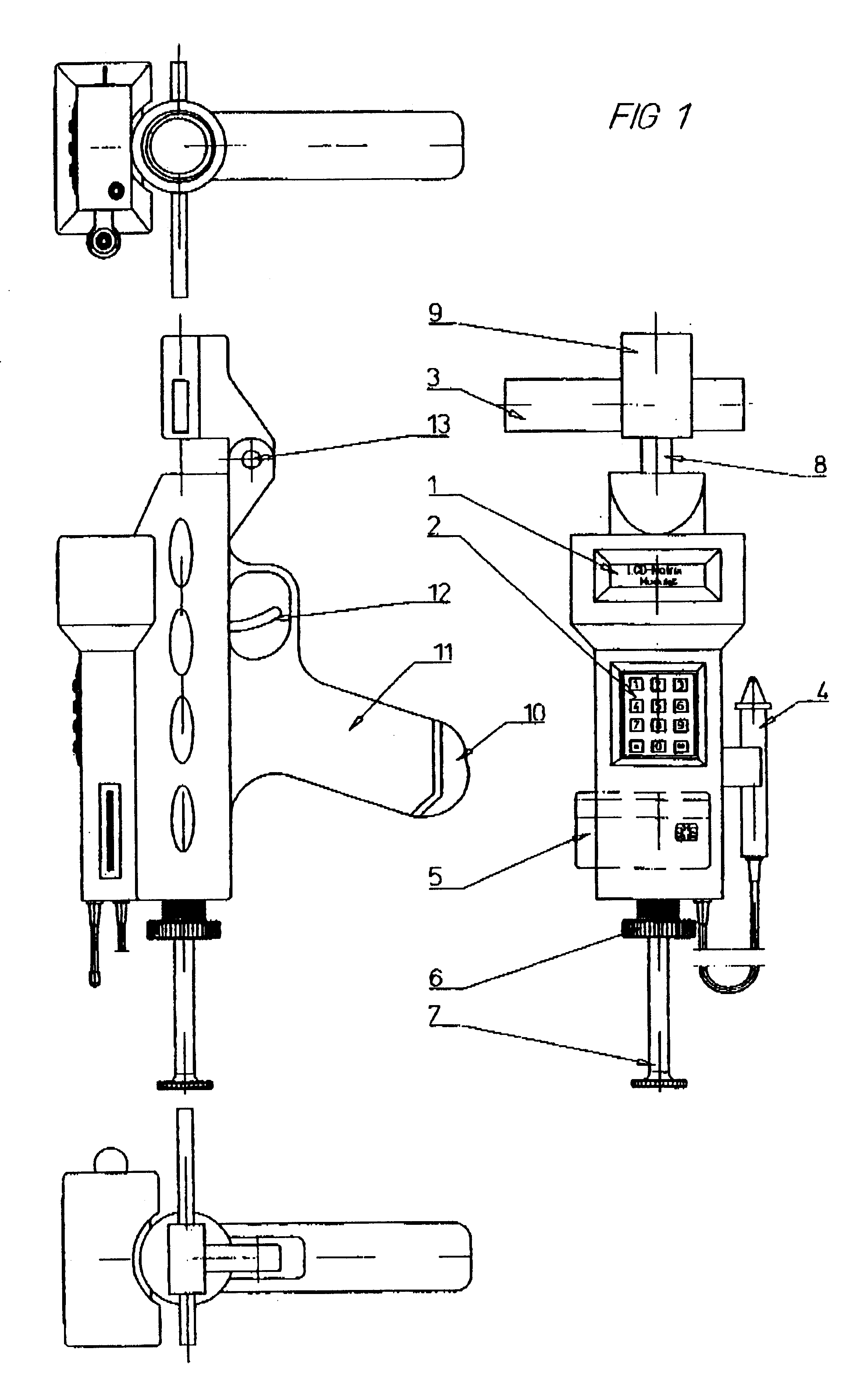Method and device for withdrawing biological samples
a biological sample and method technology, applied in the field of biological sample withdrawal methods and devices, can solve the problems of insufficient solution, irregular sample quantity, falsified content of sample capsules,
- Summary
- Abstract
- Description
- Claims
- Application Information
AI Technical Summary
Benefits of technology
Problems solved by technology
Method used
Image
Examples
example of embodiment
in the Field of Marker-supported Plant Cultivation
A crossing of a wild type with a useful [food] plant has the purpose of transferring to the food plant the genes that the wild type has for a desired property, e.g., a resistance to pests. It is known that the resistance is transferred by several genes of the wild type. For the most part, only genetic markers are known, which lie on the chromosomes very close to the corresponding genes, but not the genes themselves, or their precise site in the genome of the plant. These genetic markers are present in several alleles (molecularly different versions of the same marker can occur in various individuals). It is known which versions of the markers "coupled" to the genes are present in the wild plant and in the food plant. Several hundred different markers of wild and food plants are known and can be utilized for cultivation.
A crossing of the wild plant with the useful plant produces a population of thousands of plants, only a few of which...
PUM
 Login to View More
Login to View More Abstract
Description
Claims
Application Information
 Login to View More
Login to View More - R&D
- Intellectual Property
- Life Sciences
- Materials
- Tech Scout
- Unparalleled Data Quality
- Higher Quality Content
- 60% Fewer Hallucinations
Browse by: Latest US Patents, China's latest patents, Technical Efficacy Thesaurus, Application Domain, Technology Topic, Popular Technical Reports.
© 2025 PatSnap. All rights reserved.Legal|Privacy policy|Modern Slavery Act Transparency Statement|Sitemap|About US| Contact US: help@patsnap.com



